How Michigan schools are teaching the Israel-Hamas war (Very delicately)
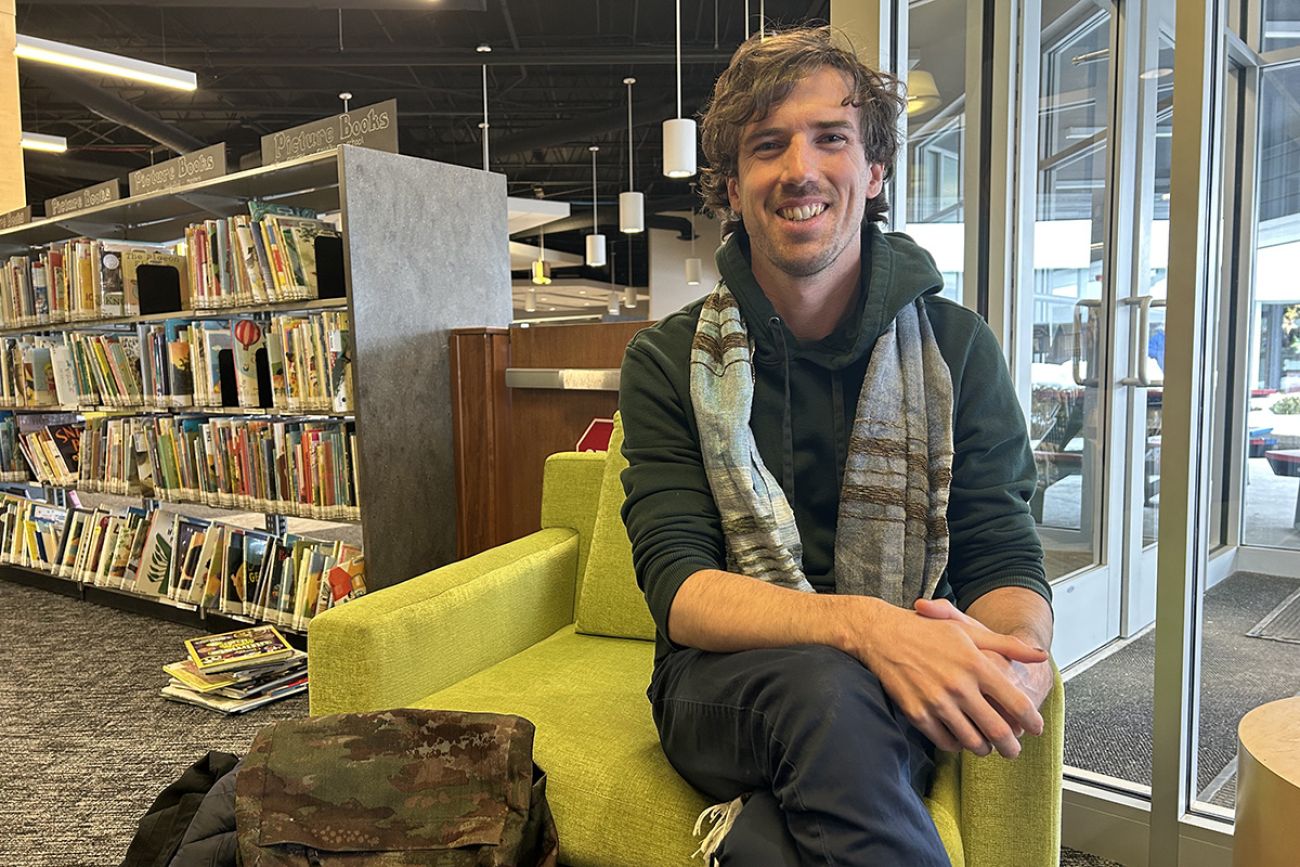

- Teachers are trying to balance sharing facts and giving students space to process their emotions about the Israel-Hamas war
- In Ann Arbor, the school board has encouraged teachers to discuss the conflict in class, which teachers say they appreciate
- Educators say it’s critical that districts provide teachers with the tools they need to lead discussions on this difficult topic
ANN ARBOR—Daniel Crowley, a middle school teacher in Ann Arbor, had been teaching about refugees this fall when the Oct. 7 attacks on southern Israel catapulted the region into chaos.
In the days and weeks afterward — as the bloody attack in Israel gave way to devastating death counts in Gaza — Crowley said he felt himself playing it safe in his classroom. When students asked about Israel and the Palestinians in Gaza, he told them they needed to ask their parents, because he didn’t know what the district policies were around the topic.
He regrets that now.
“In order for all my students to feel seen and safe in that community, I can't just be doing test prep on Emily Dickinson,” Crowley said of his responsibility as an educator. “I have to include their identities, make space for their experiences and build their voice and agency and understand their sort of history, their narrative.”
Last week, Ann Arbor Public Schools made national and international headlines when its board passed a resolution calling for a “bilateral ceasefire in Gaza and Israel.” But it was another part of the board’s resolution that is impacting day–to-day learning in classrooms. Rather than steer clear of a difficult subject, the board urged teachers to encourage more classroom discussion.
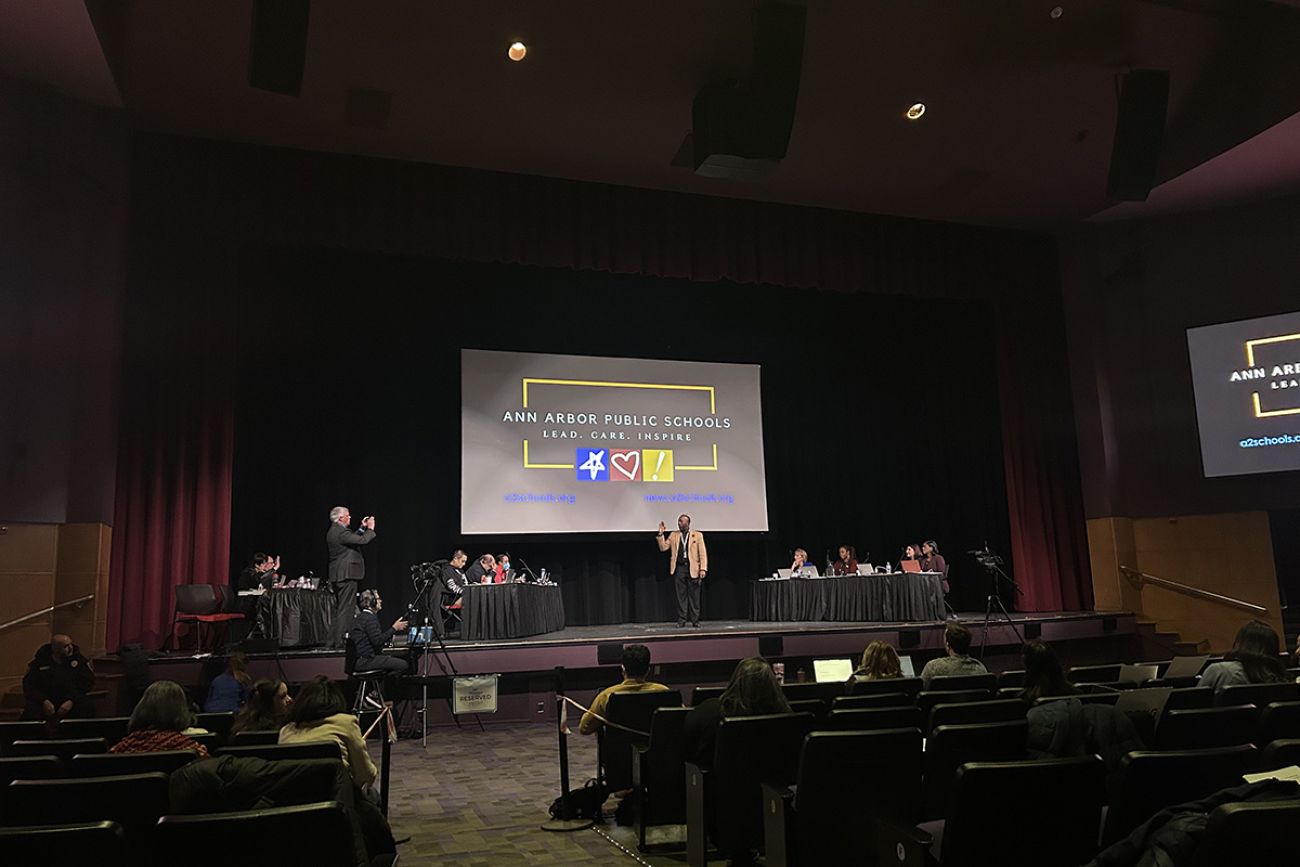
The resolution calls for more professional development and resources for teachers to help them encourage “respectful, nuanced and age-appropriate dialogue around culturally sensitive real-world conflicts.”
Related:
- Northville board approves seeking funding for 2 in-school health clinics
- Controversial elsewhere, AP African American Studies widely popular in Michigan
- Chronic absenteeism in Michigan schools drops, but still higher since COVID
Crowley said the resolution was necessary and liberating for teachers.
“I feel hopeful, after this resolution passing, that teachers themselves will be moved to take more risks and teachers that I've talked to specifically who have played it safe, some of them for decades, are now starting to say…this is too important,” Crowley said. “And it impacts our students and our community too greatly for us to be silent.”
Many are watching
In the past week, Bridge Michigan and BridgeDetroit interviewed educators and students across several Michigan districts to learn how schools are, or are not, addressing the Israeli-Hamas war.
The stakes are high. Students, and their parents, are paying attention. Teachers say they are acutely aware that some students have loved ones in the Middle East. Ann Arbor, for instance, has significant Arab and Jewish populations. Dearborn and Dearborn Heights are heavily populated with families from the Middle East. Tensions are immense.
“So I think what is also important is we've created a safe space for our students to feel and work and grapple with the things that they are feeling and navigating,” said Mercedes Harvey-Flowers, a social studies teacher and department chair in Dearborn Heights.
“What I don't want to see happen is, through this, they begin to hate a group of people.”
That is already happening, and students have noticed. In late October, an Illinois man was charged with murder and hate crimes, accused of stabbing a 6-year-old Muslim boy for his religion. And there’s been a staggering rise in reports of anti-semitism and Islamophobia since early October, raising temperatures in U.S. college campuses in addition to K-12 schools.
Some U.S. students who have spoken publicly on either side of the Hamas-Israeli war have faced death threats, doxxing, or career consequences from keyboard warriors or potential employers. Several people approached for interviews declined to talk, citing concern about having their names publicly attached to the topic.
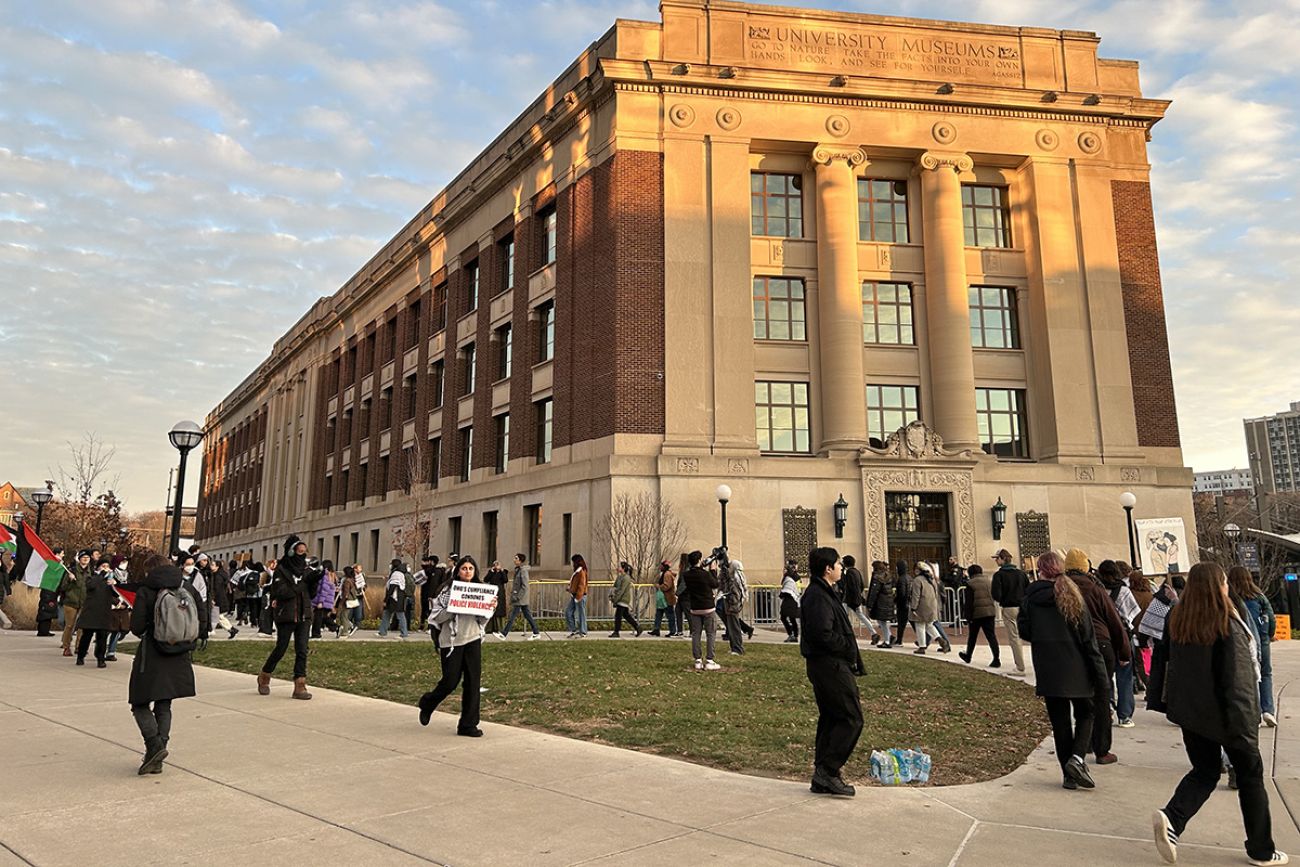
Crowley said the resolution provides some insulation for teachers, but acknowledged that talking about the conflict still carries risk and questions about how the resolution will work in practice. For example, he noted that while many Ann Arbor parents felt comfortable signing petitions for or against the cease-fire resolution, only a handful of teachers felt comfortable speaking at last week’s board meeting.
Into this maelstrom, Michigan teachers are being asked to explain competing narratives about Israeli and Palestinian claims to disputed land and to help students separate fact from fiction in a conflict that’s been uniquely difficult to document.
Jennifer Lewis, a professor of teacher education at Wayne State University, said the success of schools’ efforts will depend in part on how well teachers are prepared to accurately address student questions. In Ann Arbor, for instance, Lewis said the board’s resolution could leave teachers in a tough position.
“To train people to do that takes significant work,” she said. “And we don't know, from the resolution or from anywhere else, where those funds will come from, how they will be facilitated, who will be tasked with this, whether it will actually happen.”
Teachers across several districts shared classroom discussion strategies that have common themes: They try to share facts from reputable sources. They strive for thoughtful class discussion. And they acknowledge that students may have family or friends in the Middle East directly affected by the violence.
Harvey-Flowers said it’s important to help students find reliable information and analyze the credibility of the people sharing information.
“They can see a very inflammatory video on TikTok, and take that as gospel truth,” she said.
High risk, dicey reward
Teachers’ reluctance to lean into controversial topics is hard earned. In recent years, educators in Florida, Missouri and other states have faced pushback, including threats to their jobs, for classroom discussions related to racism, gender identity, or other topics deemed divisive. Closer to home, local school board meetings have sometimes turned volatile over the selection of school library books.
“Doing this work can be very risky because the discussions can get heated, parents can complain,” said Judith Pace, a professor of teacher education at the University of San Francisco who writes about how to teach difficult topics. Sometimes, she said, nervous school administrators “don’t support doing this work. Especially in these times that are so contentious and polarized, I think it's really important for teachers to be thoughtful and informed.”
Pace said teachers must cultivate a supportive classroom environment, which involves getting to know their students and students getting to know each other. And she stressed the importance of slowly easing into the topic to give students time to feel comfortable.
“Instead of having a debate or even a deliberation where students are deciding on what to do about something, you really need to find out what they know and surface their feelings and their thoughts,” Pace said.
“All of these things have to be taken into consideration.”
A world away, yet close to home
Discussions can depend on the community.
Katelyn Walsh, a high school English language arts teacher in Dearborn Public Schools, where more than half the population is from the Middle East or North Africa, said there is an unspoken understanding that the majority of students and their families support the Palestinian position on the conflict. She said if she were in a different district with a different student population, she would likely provide more information about the conflict itself. But what may be seen as an abstract discussion on faraway events in some schools, “is real life to some students of ours.”
In Dearborn Heights, Harvey-Flowers said students organized “a peaceful walkout in support of Gaza” on Oct. 20. She said she was pleased to see students share their voices on a subject they feel strongly about. But students “were being called vile things on the internet” after news organizations reported on the walkout. She said the district upped security afterward to ensure their safety. That experience, too, carried lessons.
“So I spent a lot of time in October more specifically talking about the consequences of activism, and how what may feel like a consequence is actually like a good thing, like how ‘you used your voice, and you shook it up and now people are nervous. And that's a good thing,’” Harvey-Flowers said.
Another teacher, Bayan Founas, took an active role in facilitating activities and pro-Palestinian protests for students.
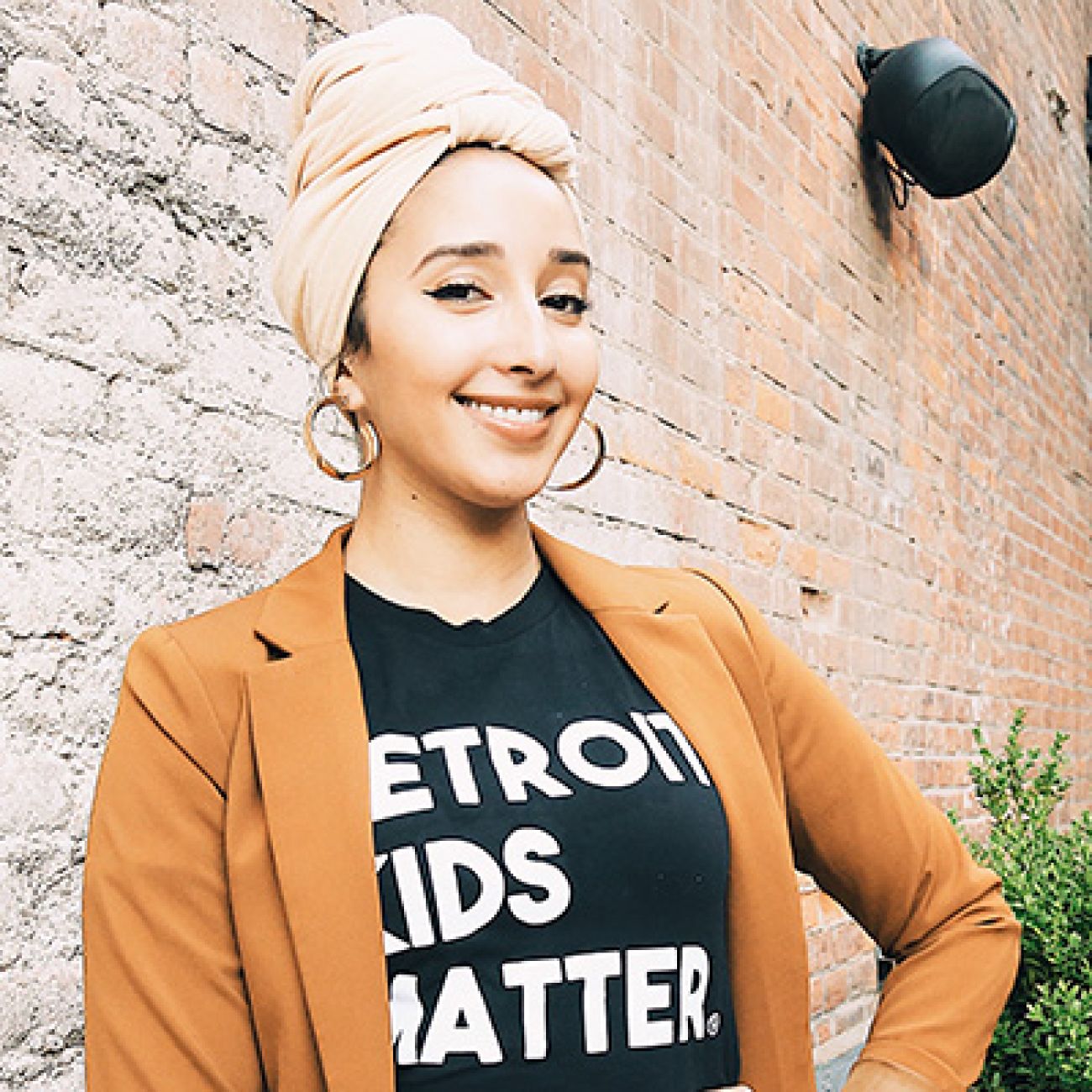
Founas, a high school English teacher at the School at Marygrove in the Detroit Public Schools Community District, said she helped students plan a walkout. Founas said she and her students wanted to show Palestinians that people around the world are supporting them.
“I obviously don't know what they're going through or what's happening in (Palestinians’) minds, but I think it can go a long way for them to see that the world is not silent, that we are standing up for them and we're not okay with what's happening,” she said.
During the fall, Founas also organized school activities for her students, looking for ways to explain the complex relationship between Israel and the Palestinian people in ways teens can understand. One activity involved analyzing political cartoons that addressed segregation in the United States and South African apartheid and compared those to the treatment of Palestinians in Gaza.
A hunger for information
Ishai Sussman-Yitzchaki, a junior at a high school in Ann Arbor, and Indigo Umlor, a senior at a high school in Byron Center, a small town in Kent County, are not enrolled in history or current affairs classes, but said they are clued in on what’s happening in the war from other sources.
Sussman-Yitzchaki, who is Jewish, said the topic comes up with friends, especially friends he knows from summer camp. He also hears things from his family, including his mom who is a “much more active news consumer than I am” and has studied the conflict for several years.
Umlor checks news organizations, journalists on the ground and government sources to find information about the conflict and is particularly interested in examples in which government sources disagree on specific points.
“Without doing some digging, it can be hard to find solid information that shows you the whole picture,” Umlor said.
So Umlor started an Instagram account which provides information on events in support of the Palestinian people and resources about what is happening in the Middle East.
“The Israel-Palestine conflict is one of those issues that's complicated, but also very simple at the same time,” Umlor said, arguing that the killing of thousands of people in Gaza should prompt “more and more people around the world” to be outraged by the loss of life.
“I feel like that's something I wish a lot more people would take away from this is that however you feel about Palestine and Israel as a whole that you can morally oppose killing 30,000 people in the span of just over 100 days…And I wish I saw my community caring more about this.”
(The Gaza Health Ministry reported this week that more than 25,000 people have been killed in Gaza since the Israeli military offensive began, the majority women and children. Its numbers do not separate civilian and combatant deaths. The Israeli government has reported between 1,100 and 1,200 deaths by Hamas militants in the attacks of Oct. 7, mainly involving civilians.)
Sussman-Yitzchaki said the conflict has not come up in his classes but he’s had a few teachers ask if he has relatives or friends in Israel and make sure he is OK. He said he believes teachers can handle having difficult conversations about Israel and Gaza, in part, because he has already witnessed teachers tackle tough topics like racism.
But he acknowledged the Israel-Hamas conflict brings nuances and debate that can be more difficult to navigate than typical classroom discussions on racism.
Sussman-Yitzchaki’s mother, Mira Sussman, told Bridge she believes it's “a lot to ask of teachers” to instruct students about the Israeli-Palestine conflict.
But multiple teachers interviewed said they feel up to the task.
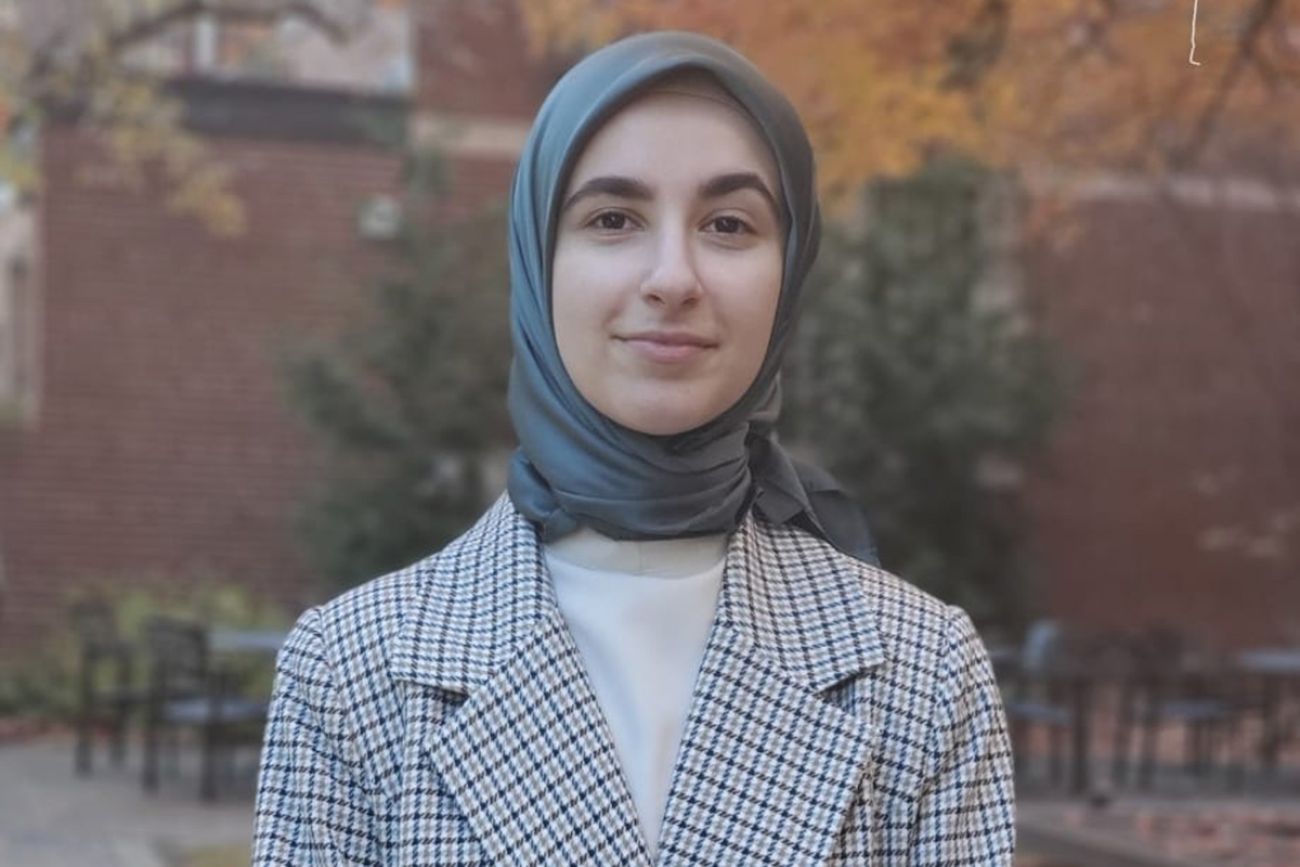
“I don't see this as a burden,” said Tasneem Madani, a student-teacher in the Ann Arbor schools who is currently a student at the University of Michigan. “And I know other teachers don't see it as a burden.
“We see it as our responsibility, as an opportunity. Because I think we feel like we're doing the good work, right? Like, it is really difficult. It is hard. But it's also what we want to be doing.”
Madani called the school board’s resolution encouraging classroom discussion a “first step in affirming our ability to do our jobs,” and there are several organizations and groups willing to share their expertise on these topics.
It’s important, she said, to communicate to students that certain topics aren’t off limits, while seeking to affirm “every single student’s humanity.”
See what new members are saying about why they donated to Bridge Michigan:
- “In order for this information to be accurate and unbiased it must be underwritten by its readers, not by special interests.” - Larry S.
- “Not many other media sources report on the topics Bridge does.” - Susan B.
- “Your journalism is outstanding and rare these days.” - Mark S.
If you want to ensure the future of nonpartisan, nonprofit Michigan journalism, please become a member today. You, too, will be asked why you donated and maybe we'll feature your quote next time!


